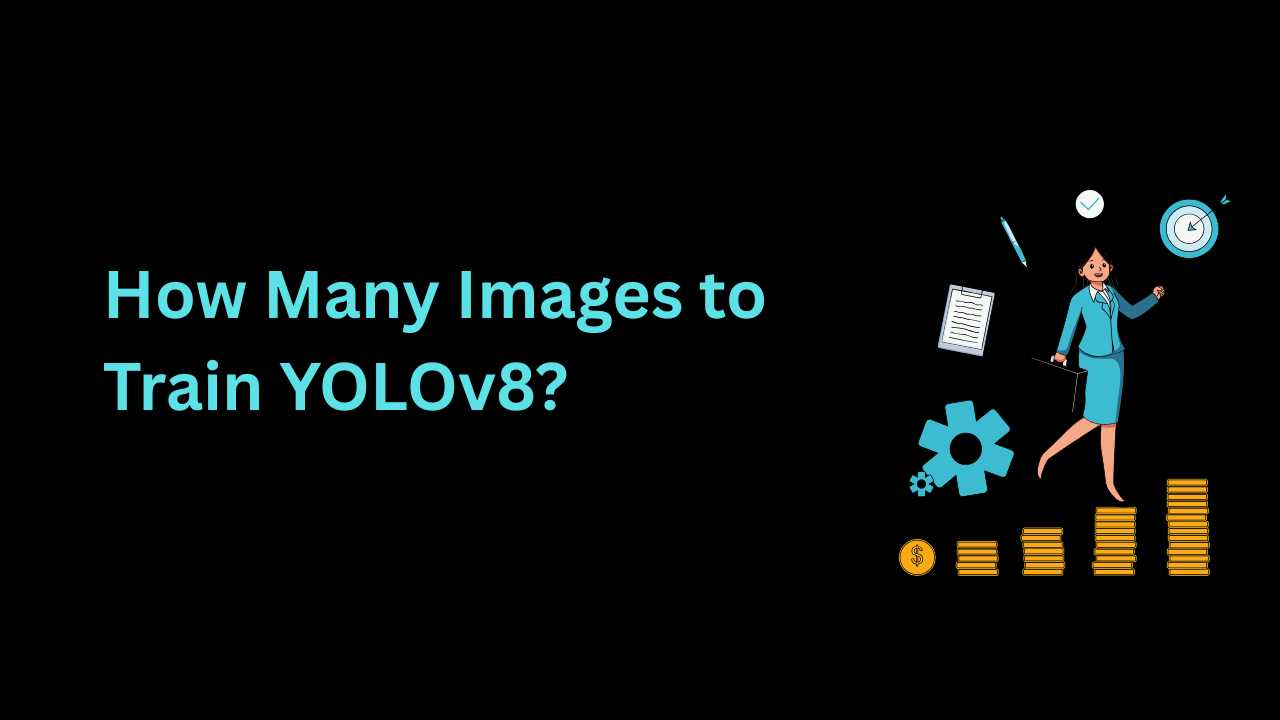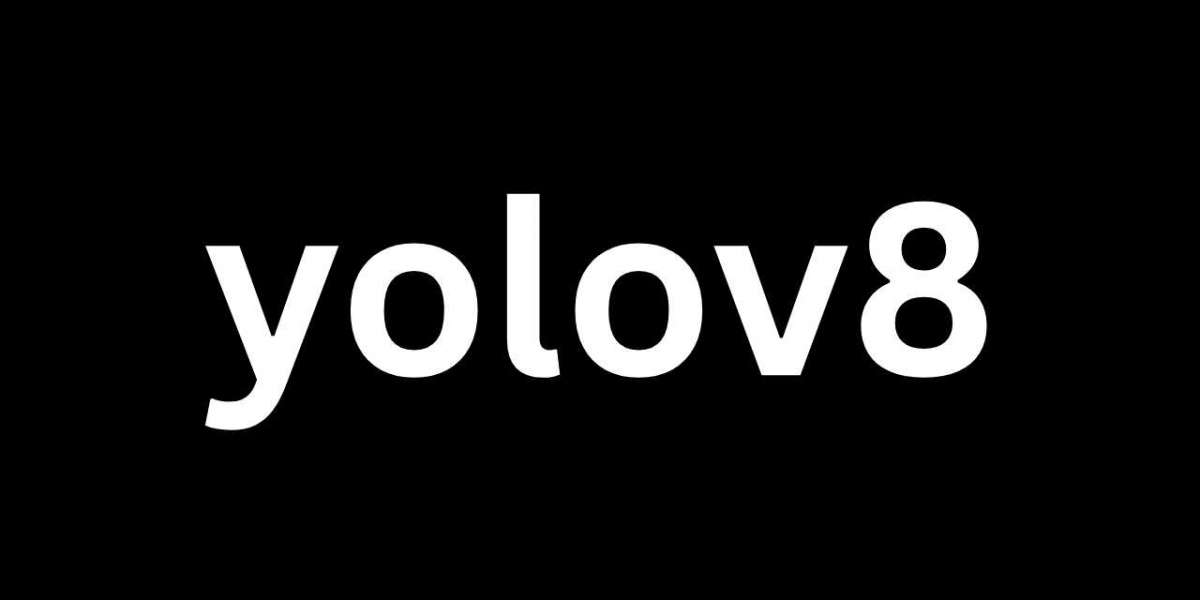What is YOLOv8?
YOLOv8 is the latest object detection model from Ultralytics that offers real-time performance, high accuracy, and simplified training workflows. Whether you're classifying, detecting, or segmenting objects, YOLOv8 adapts to your data quickly — but quality data is essential.

Is There a Minimum Number of Images for YOLOv8?
There is no hard minimum, but as a rule of thumb:
At least 150–200 images per class is recommended for decent accuracy.
500+ images per class is ideal for better generalization.
For simple datasets (e.g. 1–2 classes, low variance), 100–300 images may be sufficient.
You can even start experimenting with as few as 50–100 images per class, but expect reduced model performance.
Factors That Affect How Many Images You Need
1. Number of Classes
The more object classes you have, the more images you'll need. For example, a 10-class dataset may require 5,000+ images to generalize well.
2. Image Diversity
Your dataset should capture variations in:
Lighting conditions
Backgrounds
Object sizes and angles
Occlusion and clutter
The more diverse your images, the fewer you'll need to avoid overfitting.
3. Annotation Quality
Accurate bounding boxes and labels improve model performance more than just volume. Always prioritize quality over quantity when starting out.
Real-World YOLOv8 Image Count Examples
| Project Type | Classes | Ideal Images per Class | Total Recommended Images |
|---|---|---|---|
| Simple Object Detection | 2 | 200–300 | 400–600 |
| Industrial Quality Control | 5 | 500+ | 2,500–3,000 |
| Traffic Sign Detection | 10 | 500–1,000 | 5,000–10,000 |
| Wildlife Monitoring | 15+ | 1,000+ | 15,000+ |
Data Augmentation to Reduce Image Needs
YOLOv8 supports powerful augmentation techniques:
Random flips and crops
Color jittering
Rotation and scaling
Mosaic and MixUp
These can synthetically increase dataset diversity and reduce the number of real images needed.
# Sample augmentation from YOLOv8 configimgsz=640augment=Truehsv_h=0.015 # color jitteringflipud=0.5 # vertical flipBest Practices for Dataset Size in YOLOv8
Start small, then scale up once your pipeline works.
Use validation data (at least 10–20% of your dataset).
Track model performance — more data is not always better if it's repetitive.
Clean your annotations to avoid mislabeled data, which can harm model accuracy.
Conclusion
The number of images you need to train YOLOv8 effectively depends on the number of object classes, diversity in your images, and your performance goals. For most use cases, 200–500 images per class is a solid starting point. With smart augmentation and clean annotations, even smaller datasets can produce impressive results.
If you're building an object detection project, make YOLOv8 your go-to framework — it's fast, flexible, and beginner-friendly. Always test early, iterate fast, and scale your dataset as needed for best results.








